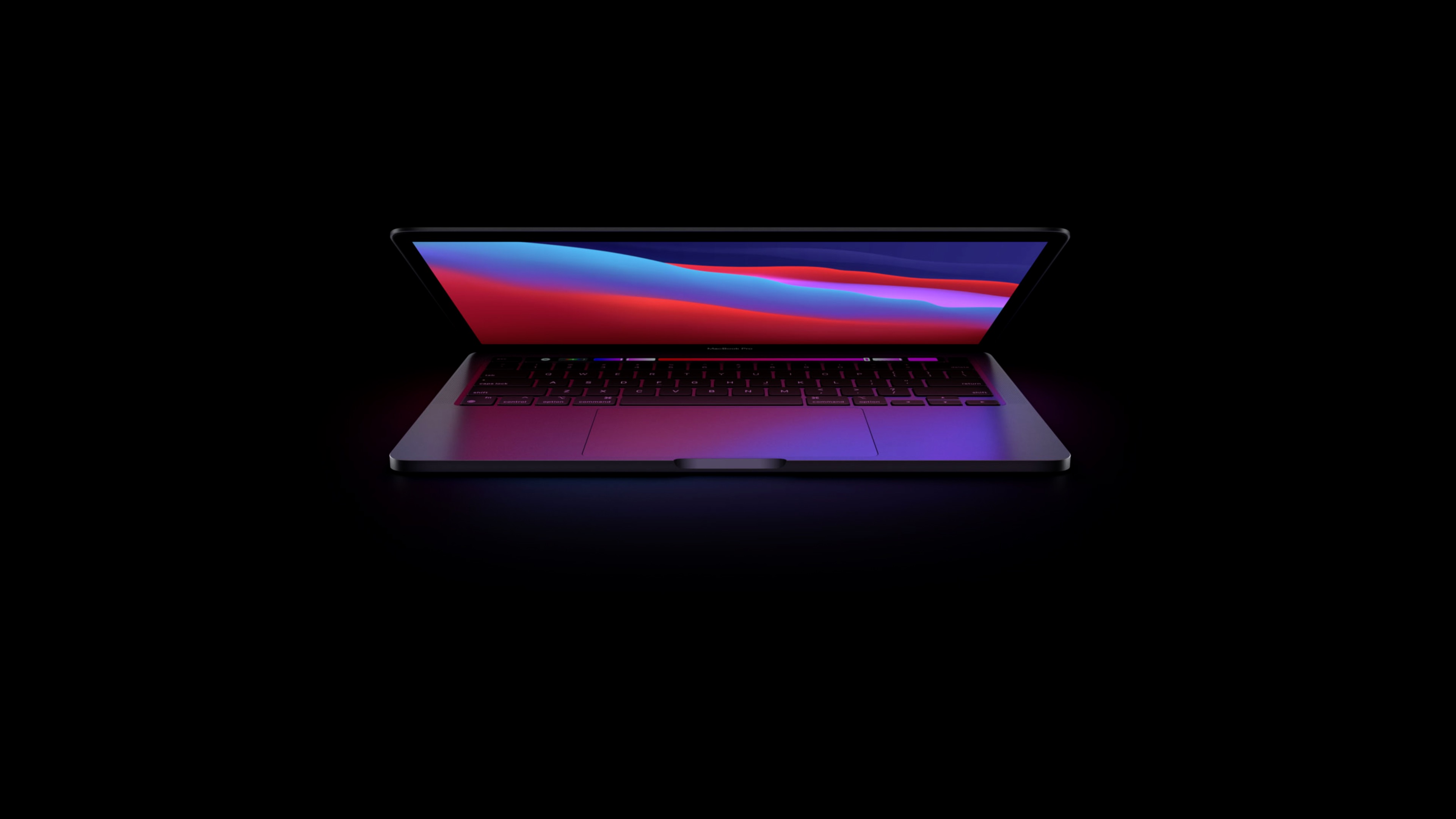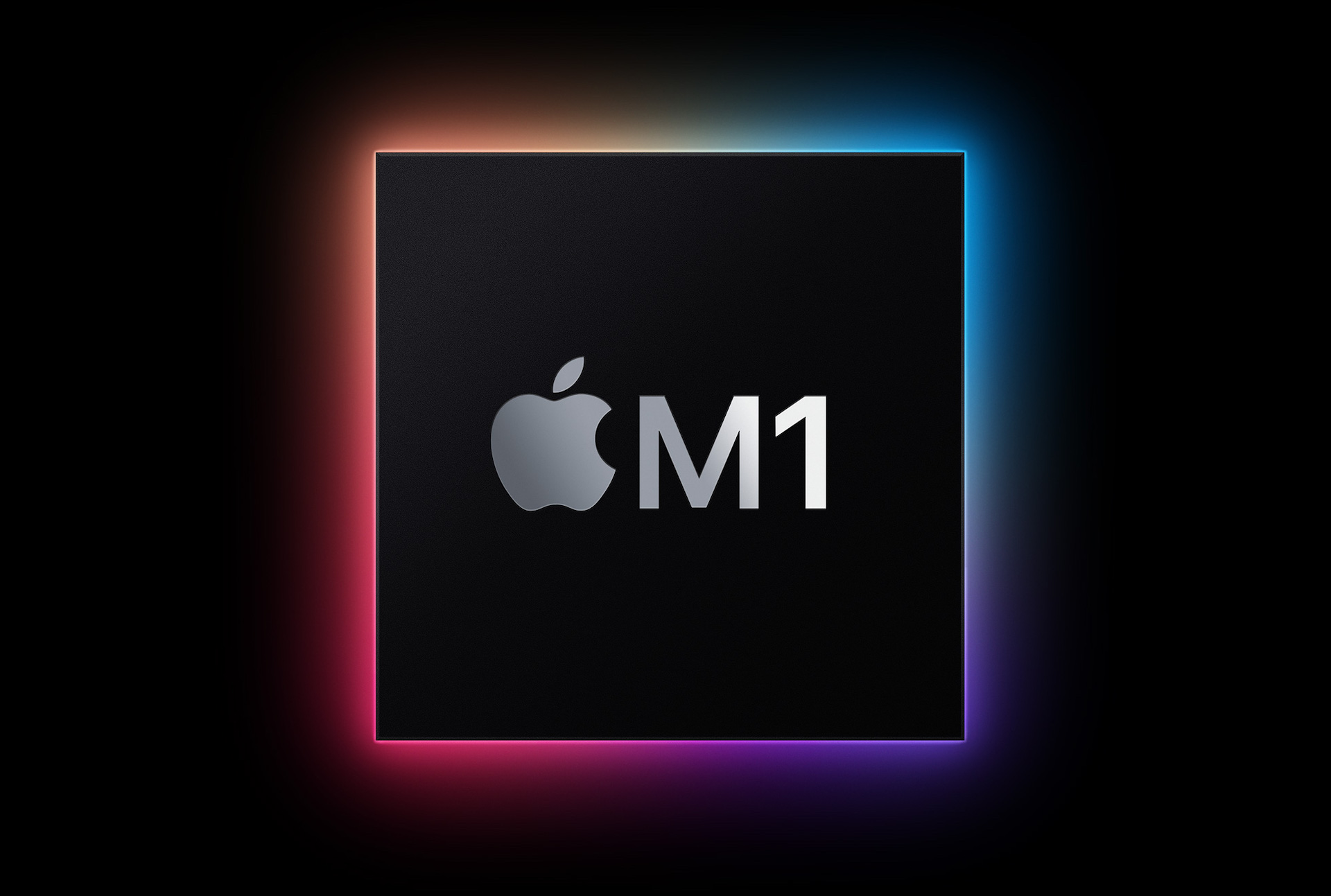- Final Cut Pro Trial
- Final Cut Pro M1 Plugins
- Macbook Pro 16 Vs M1
- Final Cut Pro M1 Chip
- Apple M1 Chip Vs
Last week, my M1-powered MacBook Air arrived.
I had opted for the base spec version – literally the cheapest M1 MacBook you can buy. That meant it arrived with an 8-core processor, 7-core GPU, a 256GB SSD drive and just 8GB of RAM.
8GB! In 2020!
By comparison, my 16” MacBook Pro is a beast. Intel i9 8-core processor, 32GB of RAM, a 1TB SSD and the best discreet graphics available.
Apr 21, 2021 Unless they want to use a Mac app, or Logic Pro, or Final Cut Pro, or Xcode. Should Apple add some sort of macOS virtual machine that can run on an M1 iPad Pro when it’s attached to the Magic. M1 Chip Speed Test - Final Cut Pro on Apple 13' 2020 MacBook Pro.We've just got the brand new 13' Base model MacBook Pro with the M1 Apple Silicon. Final Cut Pro is a series of non-linear video editing software programs first developed by Macromedia Inc. And later Apple Inc. The most recent version, Final Cut Pro 10.5.1, runs on Mac computers powered by macOS Catalina 10.15.6 or later. The software allows users to log and transfer video onto a hard drive (internal or external), where it. Final Cut Pro is a video editor for professionals. The latest update brings new proxy copies, social media transformation, and optimizations for M1 (Apple Silicon for Mac). Now uses can continue.
I have a full M1 MacBook Air review in the works, but I couldn’t help myself. I’d just spent £999 on an M1 MacBook. Could it really keep pace with my £3,500 MacBook Pro?
So, I decided to run a little test, and the results were fascinating.

You can watch the video, here:
The Final Cut Pro battle
With limited time on my hands, I decided to conduct a quick but thorough test with a tool which I knew would put both machines through their paces.
This involved one piece of 4K footage that was 10 minutes long, and two tasks:
- a simple colour grade render; and
- an export to disk.
Why did I pick these two tasks? As a video guy, I know they’re two of the most important functions my computers perform. The speed with which they do so will dictate how quickly I can publish my YouTube videos or get paid by clients.
Pretty important, then.
I’ve been using the MacBook Pro 16” for around a year now, and it is a superb machine. Despite the emergence of the M1 chip, I think the 16” still has a place today within lots of people’s lives and businesses.
But I am intrigued to see how it performs against the M1. My 16” MacBook Pro has worked flawlessly for 12 months, and consistently undertakes the two tasks that would play a central role in this battle with ease.
Here’s what happened during the test.
The colour grade render
The rules for both tests were simple:
- the same piece of footage
- the same version of Final Cut Pro
- only built-in Final Cut Pro plugins
- no apps running in the background, bar the built-in macOS screen recording feature
- power supply, rather than battery operation
- same export settings
The colour grade was simple; an introduction of some contrast, slight bump in exposure and a boost to saturation.
The M1 MacBook Air completed the task in around two minutes. It screamed through it, in fact. That alone was impressive.
But I wasn’t really prepared for what happened next.
The 16” MacBook Pro took about five minutes and was noticeably slower. Its fans were also roaring and near takeoff speed, and the metal above the keyboard was too hot to keep your finger on for any longer than a few seconds.
Final Cut Pro Trial
The Air? Silent (it has no fan), and barely lukewarm.
Yikes.

This genuinely surprised me, as you’ll see in the video reaction at the top of this article. A £999 laptop had just spat loose tarmac into the front grille of its £3,500 cousin in a display of raw pace.

The export
This task was simpler to undertake, but just as intensive – if not more so – processor-wise, than the render.
Ensuring I had both laptops exporting with the exact same settings and to their respective desktops, I hit ‘go’ and started the timers.
This was the result:
- 16” MacBook Pro export time: 05:10.29
- M1 MacBook Air export time: 13:08.23
Surprised? Yeah, me too. And isn’t it weird how that’s the case, given that we should really be rooting for the 16”? Alas, its performance with the colour grade set brand new expectations for this equally nascent Apple silicon-powered computer.
But the Air struggled – really struggled. In fact, while the 16” MacBook Pro was hurtling towards 20% completion, the Air was languishing in single digits.
Without thinking, I decided to sit back, wait and stop the screen recording on the Air. And then it sped up – big time. In fact, the cancelling of the screen recording propelled that little machine onto an export speed not that dissimilar to the Pro.
It had clearly struggled performing both a Final Cut Export and a screen recording at the same time. The Pro didn’t at all, and as several people in the comments section of my video noted, it’s probably down to the RAM.
Maybe 8GB versus 32GB is a conversation worth having, after all…
Final Cut Pro M1 Plugins
Conclusion
I’m deeply impressed by the M1 MacBook Air just three days in. This test was fascinating not just because of the way in which it murdered the 16” during the rendering test, but because it was given a dose of its own medicine during the export.
This illustrates that for all the hyperbole surrounding the launch of the M1 – and I’m just as excited as everyone else – it is still incredibly early days. More importantly, these Intel-powered Macs still have plenty of life left in them and shouldn’t be kicked to the curb quite as quickly as some in the tech press seem so keen to do.
Macbook Pro 16 Vs M1
Incidentally, I also edited the video at the top of this blog with the M1 Air. And it did a superb job. However, that potential RAM issue did rear its head again during what was a relatively complex timeline; the odd beachball surfaced and frames consistently dropped. That wouldn’t have happened with the 16” MacBook Pro.
Final Cut Pro M1 Chip
This is going to be a fascinating few years for the Mac. I can’t wait to dive more into the M1 and see how it compares against its Intel equivalents, but if my test proves anything, it’s that not everything is quite what it seems when you look beyond those raw benchmark figures.
Apple M1 Chip Vs
Stay tuned for my full M1 MacBook Air review!
